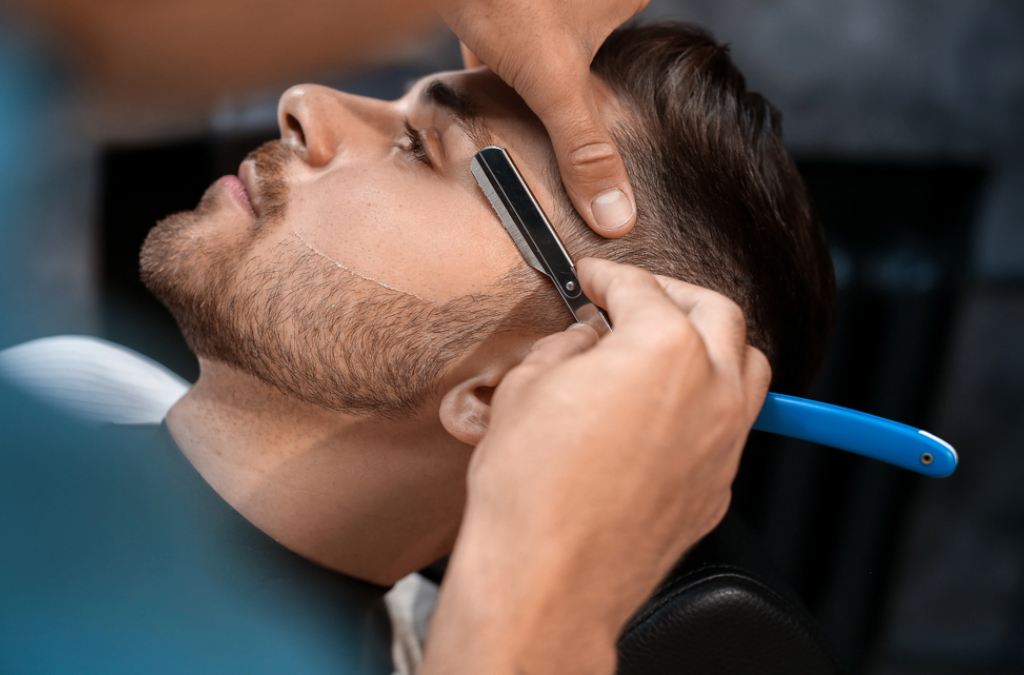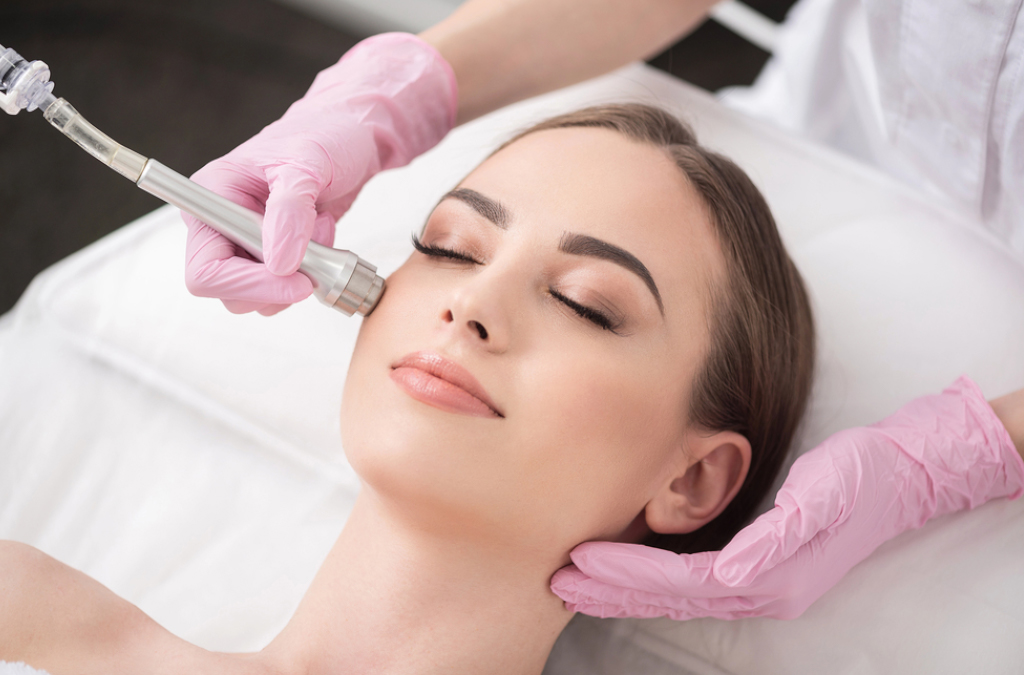A future in skincare begins with education, and financial barriers should not stand in the way of your goals. Many aspiring estheticians dream of building a career in beauty, yet tuition and material costs can seem overwhelming. Understanding financial aid for esthetician school can open doors to the profession you want, without unnecessary stress.
Here are practical ways students can fund their training and begin a career in esthetics.
Understanding Financial Aid for Esthetician School
Financial aid refers to resources that help students pay for educational expenses, including tuition, books, and supplies. These funds can come from federal or state programs, scholarships, grants, or school-specific assistance. Each option works differently, but all share a common purpose: to help you focus on learning, not financial strain.
Before starting applications, students should confirm that their chosen esthetician school is accredited. Accreditation allows students to access government-funded programs such as grants or loans. Schools like Southern California College of Barber & Beauty, which offers an accredited Esthetician Program, give students access to recognized aid options and career-ready training.
Federal Financial Aid Options
Federal aid programs are often the first step for students pursuing beauty and barbering careers. They are designed to make education more attainable, especially for those with limited financial means.
- The FAFSA Application
The Free Application for Federal Student Aid, or FAFSA, determines eligibility for federal assistance. This single form connects you to grants, loans, and work-study opportunities. Filling out FAFSA early increases your chances of receiving support, as some funds are limited.
Once completed, FAFSA data is sent to your selected schools. Those institutions review your financial profile and prepare an aid offer outlining what you qualify for. Students can accept all, some, or none of the aid listed.
- Federal Pell Grant
The Pell Grant is one of the most common forms of aid for esthetician students. Unlike loans, grants do not need to be repaid. Pell Grants are based on financial need and may cover a significant portion of tuition for qualifying students. The maximum award varies yearly but can exceed several thousand dollars.
Students should remain enrolled in their esthetician program to continue receiving funds. Failing to complete coursework or withdrawing early can impact eligibility for future aid.
- Federal Direct Loans
Federal student loans come in two main types: subsidized and unsubsidized. Subsidized loans are based on financial need, and the government pays interest while you attend school. Unsubsidized loans accrue interest immediately, but both types feature lower rates and flexible repayment plans compared to private loans.
The benefit of federal loans lies in their structure. Students can often defer payments until after graduation and access income-based repayment plans once working.
- Federal Work-Study Programs
Work-study programs let students earn money while enrolled. Positions may include assisting instructors, organizing materials, or helping with front-desk tasks. The wages earned can offset school expenses and build valuable experience in a professional environment.
State and Local Aid Opportunities
Many states support vocational training, including esthetics and cosmetology. These programs vary by region but may include grants, scholarships, or discounted tuition for residents. California, for instance, funds various career education programs that help students attend schools like Southern California College of Barber & Beauty.
Local organizations, nonprofits, and beauty associations sometimes offer small grants to individuals entering the skincare field. Researching regional opportunities can make a significant difference, especially when combined with federal aid.
- Scholarships for Esthetician Students
Scholarships reward students for talent, dedication, or financial need. They can come from schools, industry groups, or private foundations. Most scholarships do not need to be repaid, making them one of the most valuable types of aid.
- School-Based Scholarships
Many beauty schools have in-house scholarships for new or continuing students. These may be merit-based or need-based, often funded by alumni or local beauty organizations. For example, some schools reward students who demonstrate leadership or community involvement.
Checking your esthetician program’s financial aid page or speaking with an admissions counselor can uncover these opportunities.
- Industry and Nonprofit Scholarships
Beauty industry groups, such as professional esthetics associations, often sponsor scholarships to support the next generation of skincare professionals. Some focus on specific populations, such as veterans, single parents, or minority students to help to expand diversity in the field.
When applying, students should review eligibility criteria carefully and prepare essays or recommendation letters that reflect their goals and dedication.
Private Financial Aid Options
Students who do not qualify for federal aid can explore private financial assistance. These options come from banks, credit unions, or specialized lending programs. However, students should review all terms before agreeing, since repayment conditions differ from federal programs.
- Private Student Loans
Private loans can cover tuition gaps that remain after federal or state aid. Interest rates depend on credit history and the lender’s requirements. Although private loans require repayment, they can be helpful for students who need immediate financial support.
Applicants may need a cosigner, especially if they lack credit or income. It is important to borrow responsibly and plan repayment schedules early.
- Private Grants and Sponsorships
Some private organizations and local businesses fund grants for individuals pursuing careers in beauty. These are similar to scholarships but may require students to maintain certain grades or complete volunteer hours.
Exploring community beauty groups or regional networks can reveal opportunities that are less competitive than national programs.
- Using Payment Plans and School Support
If loans and grants are not enough, schools may offer internal payment plans. Instead of paying the entire tuition upfront, students can divide costs into smaller monthly payments.
Payment plans help manage expenses more predictably and usually do not involve interest. The Southern California College of Barber & Beauty admissions team can discuss available payment arrangements with students during enrollment in its esthetician program.Alternative Ways to Fund Esthetician School
Even after exploring federal, state, and private options, some students may still need additional support to cover tuition and living costs. Fortunately, there are several creative and effective ways to reduce expenses while completing your training.
- Employer Tuition Assistance
Some employers, especially in the beauty, hospitality, or wellness industries, offer tuition reimbursement for approved programs. If you currently work in a spa, salon, or related business, ask your employer about education support. Many companies view this as an investment in skill development and future loyalty.
Students working part-time can also use employer-based assistance to fund supplies, books, or short courses related to skincare techniques.
- Veterans and Military Benefits
Veterans and active-duty service members can often use their GI Bill benefits to fund esthetician training. Eligible dependents may also qualify for educational assistance under specific programs. The financial aid department at accredited schools can help military families understand how to apply these benefits.
- Community Resources and Nonprofit Support
Local community centers, workforce development offices, and nonprofits sometimes fund short-term vocational education programs. These resources aim to help individuals gain employable skills quickly.
For instance, some programs cover partial tuition for adults transitioning to new careers or for those returning to school after several years. Applying early and meeting income requirements can increase approval chances.
Smart Tips for Managing Financial Aid
Knowing how to apply for financial aid for esthetician school is important, but managing it wisely is equally vital. Here are a few ways to make your funding last throughout your education.
- Budget Carefully: List your tuition, books, skincare kits, uniforms, and transportation costs before the program starts. Creating a realistic monthly budget prevents surprises and helps prioritize spending.
- Apply Early and Often: Many grants and scholarships operate on a first-come, first-served basis. Submitting FAFSA and scholarship applications as early as possible can make a major difference.
- Keep Academic Progress Strong: Most aid programs require maintaining a specific GPA or satisfactory progress. Staying organized, attending classes regularly, and keeping track of deadlines will help preserve eligibility.
- Reapply Each Year: Financial aid is not automatic for every term. Students must renew their FAFSA annually and reapply for school or state programs if required. Mark renewal dates on your calendar to avoid missed opportunities.
- Combine Multiple Sources: The most successful students often mix different types of aid like grants, scholarships, work-study, and payment plans. Diversifying support reduces overall debt and makes repayment easier after graduation.
Students enrolled in our accredited esthetician program gain access to personalized aid consultations, flexible payment plans, and advice on local or national scholarships. We work closely with each individual to match them with available opportunities, ensuring that finances do not block professional growth.
Whether you are just beginning your beauty education or returning to school, we aim to make the process simple and transparent. Our team can help determine your eligibility, answer questions about repayment, and provide continued support throughout your training.
Your Journey Toward a Rewarding Esthetics Career
Pursuing a career in skincare is an investment in both personal and professional growth. Financial aid for esthetician school makes this path possible for students from every background. By understanding the available options, you can take confident steps toward your dream career.
At Southern California College of Barber & Beauty, we believe that financial planning should support your goals without adding stress. If you are ready to begin your journey, connect with our admissions team to explore financial aid options tailored to your goals. Your passion for beauty deserves the opportunity to shine, starting with the education that will shape your future.



